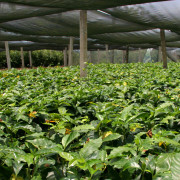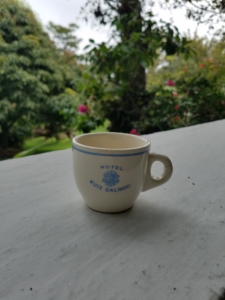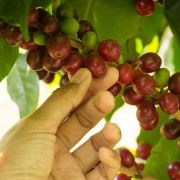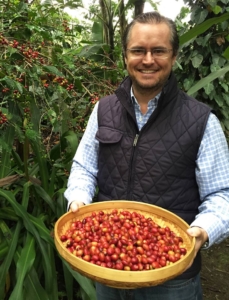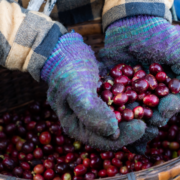Why It Is Important To Be Rainforest Certified
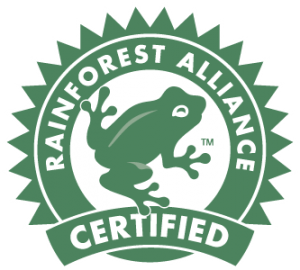
The Rainforest Alliance works with sustainable coffee farmers to improve their livelihoods and the health and well-being of their communities.
Rainforest Alliance is a non-government organization that is working in 60 countries. The basic purpose of this organization is to promote sustainable farming that keeps the environment safe and helps the farmers to gain more profit. They are trying to create a world where human beings and the environment prosper in harmony. An American environmental scientist, Daniel Katz, is the founder of this alliance which began in 1985. The Rainforest Alliance works with all groups of farmers whether they have small, medium, or large farms.
The basic purpose of this standard is sustainable agriculture, Integrated Pest Management (IPM) and social responsibility. It is a product-based certification and is not a certification of the farmers. This standard includes the protection of wildlife, ecosystem conservation, protection of waterways, and its guidelines about the use of agrochemicals. Their basic purpose is to reduce the use of agrochemicals as they harm water-living animals as well as pollute the environment.
1888 Coffee’s Family Reserve is grown on a micro lot on their farm and meticulously cared for from plant to package. Every bean purchased is of the highest quality and will have earned a 100% Rainforest Alliance certification. Founder’s Premium also contains over 30% Rainforest Certified coffee in its blend and all beans are from its high mountain farm.
The standards that the Rainforest Certification upholds conserves biodiversity, ensures that soils, waterways and wildlife habitat is protected and that farm workers enjoy decent housing, access to medical care and schools for their children. Farms must commit to a process of continuous improvement and are audited each year in order to maintain their certification.
By following these standards 1888 Coffee is also preserving the species of the beautiful 88 Butterfly that can be found in the states of Veracruz, Puebla, Oaxaca & Chiapas. The butterfly’s nickname comes from the two 8s that appear on the front of its wings.
Sustainable coffee is the coffee that is certified as fair trade, organic, and Rainforest Alliance. In 2001, there was a downfall in process of coffee and then the idea of sustainable coffee came into existence. As per the report of the International Institute of Sustainable Development (IISD) IN 2003, sustainable coffee provides opportunities to growers who face difficulties in process and production conditions, that otherwise can keep them in the phase of poverty.
Sustainability is the basic focus of Rainforest Alliance Certification and sustainability is for the environment as well as the grower. It provides a state of equity to all the growers and all the growers can trade in the same market and make themselves economically stable and create a suitable environment for other creatures. Rainforest certification is the name of the economic and social welfare of society.
By shopping for products bearing the Rainforest Alliance Certified seal, consumers can support a healthy environment and help to improve the quality of life for farm families. To learn more about the Rainforest Alliance, visit rainforest-alliance.org.

